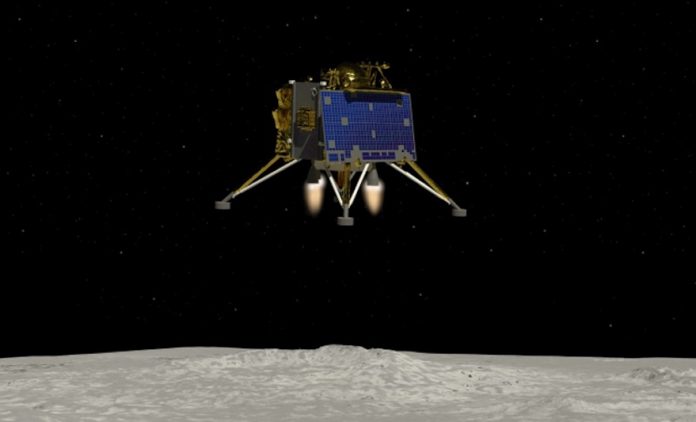India’s space endeavours have been nothing short of awe-inspiring, and the Chandrayaan series stands as a testament to the nation’s commitment to scientific exploration and technological advancement. As the Indian Space Research Organisation (ISRO) prepares to launch Chandrayaan-3, the third iteration of its lunar exploration program, anticipation and excitement in the scientific community and beyond are at an all-time high.
A Brief Overview:
Chandrayaan-3 is India’s follow-up mission to Chandrayaan-2, which was launched in July 2019 with the primary objective of exploring the moon’s south polar region. While Chandrayaan-2 was an ambitious mission that consisted of an orbiter, lander, and rover, Chandrayaan-3 will have a simplified focus, with a strong emphasis on a successful landing.
Mission Objectives:
The primary objective of Chandrayaan-3 is to achieve a successful soft landing on the moon’s surface, particularly in the vicinity of the moon’s south pole. This region has gained significant attention due to its potential water ice deposits and the possibility of supporting future lunar exploration missions.
Key Components:
Unlike Chandrayaan-2, which consisted of multiple components, Chandrayaan-3 will comprise two main elements: a lander and a rover. The lander will be responsible for the critical task of safely descending onto the lunar surface, while the rover will explore the area around the landing site, conducting experiments and collecting data.
Technological Challenges:
Soft landings on celestial bodies are notoriously complex and challenging due to the lack of a dense atmosphere for deceleration and the presence of uneven terrain. ISRO will need to address and overcome these challenges to ensure a successful landing for Chandrayaan-3.
Scientific Significance:
The success of Chandrayaan-3 would not only mark India’s presence as a formidable spacefaring nation but also contribute significantly to lunar science. The mission aims to study the moon’s geology, mineralogy, and potential water ice reserves, providing crucial insights into the moon’s history and its role in the broader context of the solar system.
International Collaborations:
Space exploration is often marked by international cooperation, and Chandrayaan-3 is no exception. ISRO has expressed its willingness to collaborate with other space agencies, sharing data and insights for mutual scientific benefits.
Public Engagement and Inspiration:
The Chandrayaan missions have consistently captured the imagination of the public and ignited an interest in space and science. Chandrayaan-3’s journey will undoubtedly continue to inspire generations of young minds to pursue careers in STEM fields and contribute to India’s technological growth.
Chandrayaan-3 represents a critical step forward in India’s lunar exploration journey. With a focused goal of achieving a successful landing and conducting essential scientific research, the mission is poised to contribute valuable data to the global understanding of the moon and its resources. On 23rd August 2023, India made history by successfully landing on the moon and making it the first country to ever land on the Lunar South Pole. Congratulations India on this incredible feat and to all scientists at ISRO who worked tirelessly to accomplish this.






